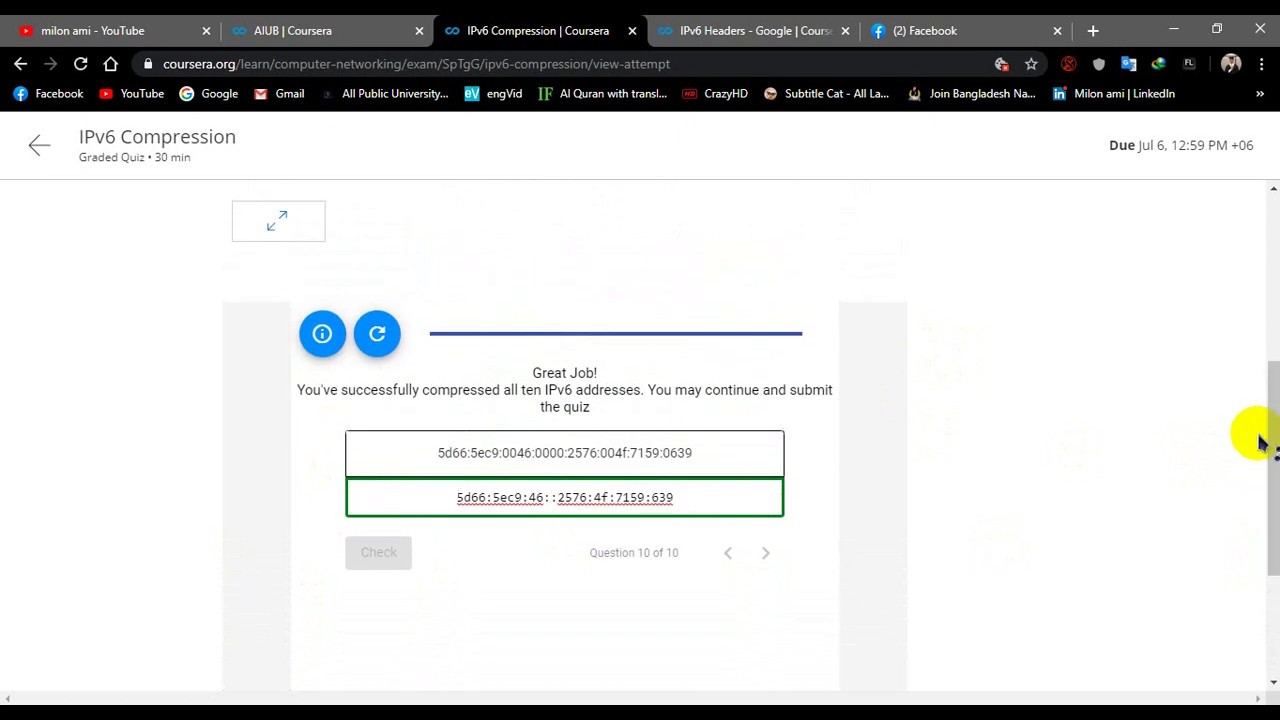

IPv6 compression rule #2 cannot be used more than once in an address or the result will be ambiguity about the full address the compressed version represents. IPv6 compression rule #3: Don’t overuse rule #2 In each IPv6 address, one lengthy string of zeroes can be replaced by “::” to represent the zeroes that have been removed. IPv6 compression rule #2: Replace one sequence of zeroes with a double-colon Leading zeroes can be eliminated from each 16-bit word in an IPv6 address to shorten it (but not trailing zeroes). IPv6 compression rule #1: Eliminate leading zeroes IPv6 addresses are expressed as sets of eight 16-bit words using hexadecimal digits, with each word separated from the ones around it using colons. The dotted-decimal notation that made IPv4 addresses comprehensible to humans is no longer suitable in IPv6 due to the larger address size. IPv6 addresses provide many advantages, but they are hard to work with in their default state due to their size. The following concepts and techniques will be explored in this article. In this article, we’ll look at these rules and explain how they work and how you can use them to your advantage. IPv6 compression rules describe several shorthands that can be used to make common IPv6 addresses more understandable. One is that while computers have no difficulty handling 128-bit numbers, humans tend to find them awkward and confusing to read and work with.įortunately, the scientists who first defined IPv6 described a couple of notation techniques to make these large addresses easier to handle.

That said, there are also some drawbacks to quadrupling the size of IP addresses. These larger addresses also brought with them flexibility that has enabled other important features, such as automatic device autoconfiguration. By increasing IP addresses from 32 to 128 bits, we ensured that we will probably never again run out of IP addresses. The primary reason why the internet world moved from IPv4 to IPv6 was to deal with the looming exhaustion of the relatively small 32-bit IPv4 address space.


 0 kommentar(er)
0 kommentar(er)
